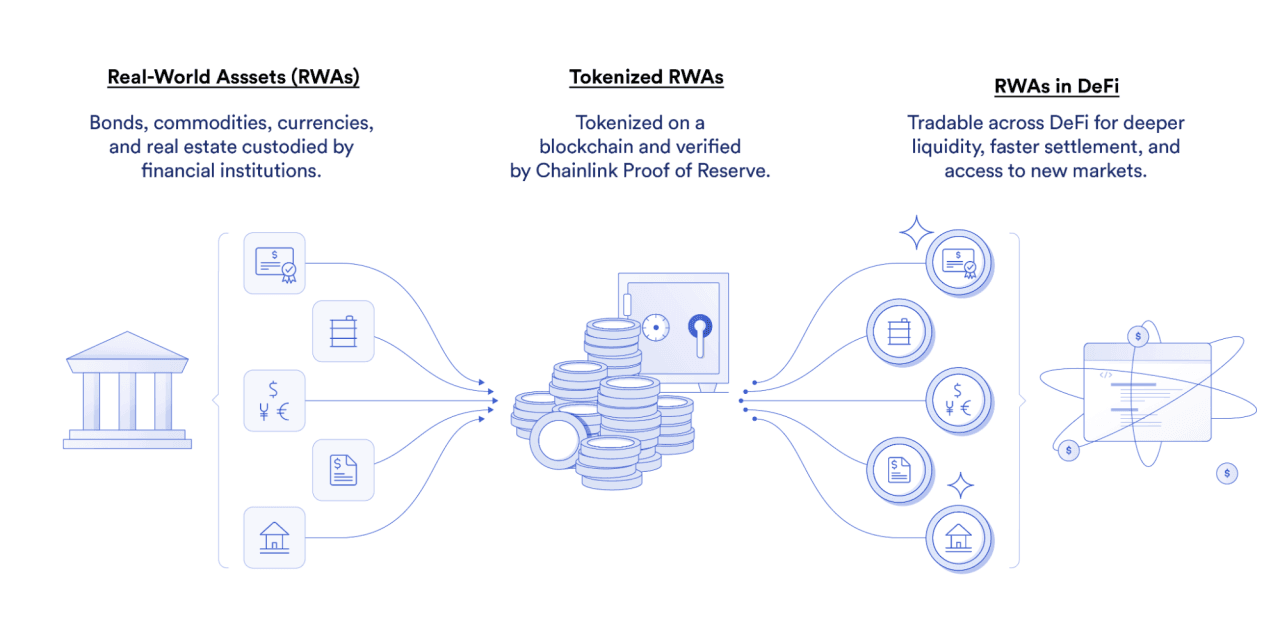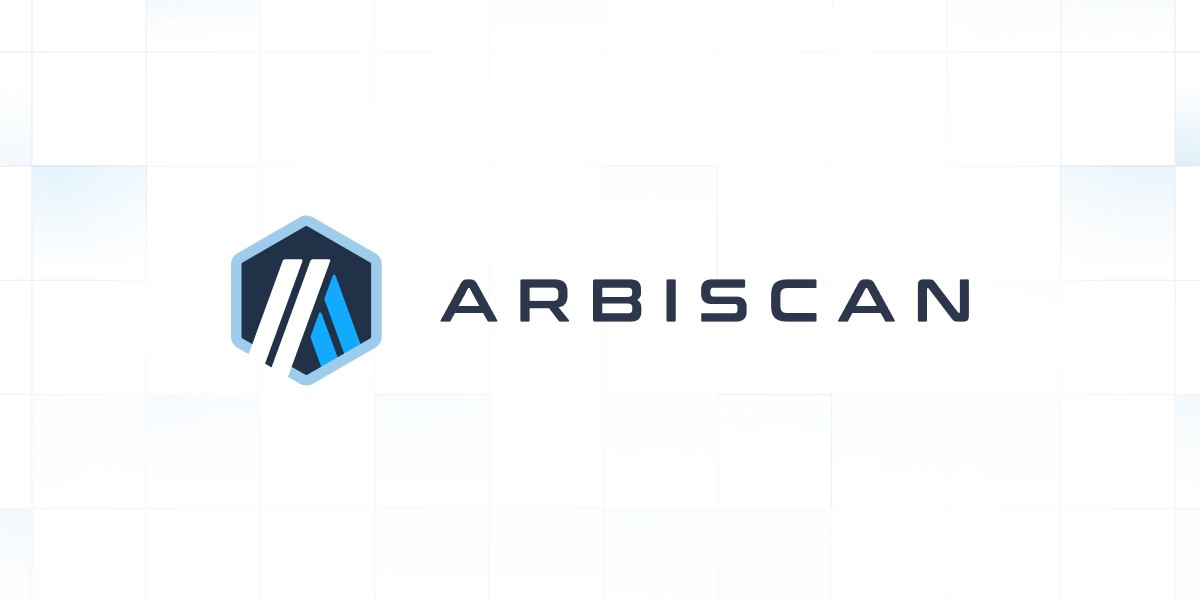
Yiying Hu
2024年8月6日
Explore everything about Starlink, including the business model and how much it costs.
Introduction
Starlink, a subsidiary of SpaceX, founded by Elon Musk, aims to provide global high-speed internet through a vast network of low Earth orbit (LEO) satellites. The goal is to offer low-cost internet access to remote regions through its extensive satellite constellation. As the leading launch provider with reusable rockets, Starlink revolutionizes global network services.
Key Takeaways
Starlink use SpaceX's rocket technology for frequent satellite launches, making high-speed internet available even in rural areas.
SpaceX's Starlink is reportedly becoming a profitable venture.
Starlink is available across North America, South America, Europe, and Australia.
Despite competition from other satellite internet initiatives like HughesNet, Viasat, Amazon's Project Kuiper, and OneWeb, Starlink benefits from SpaceX's unique rocket technology.
Starlink's business model aims to expand globally, tapping into new markets while boosting earnings potential through both direct sales and a reseller program.
Starlink's Business Model
Starlink internet operates by deploying a constellation of low Earth orbit (LEO) satellites that orbit the Earth at an altitude of approximately 550 kilometers. These satellites form a network that beams internet signals down to ground-based receivers, known as Starlink Kits. Each kit includes a satellite dish, a Starlink router, and a mounting tripod. Users install the dish at their location, which then communicates with the satellites to provide internet access.
Starlink's LEO satellites are much closer to Earth than traditional geostationary satellites, which typically orbit at 35,000 kilometers. This proximity results in significantly lower latency, making Starlink suitable for activities like online gaming and video conferencing that require real-time data transmission.
Starlink's business model is centered on providing global satellite internet coverage, especially in underserved and remote areas. Revenue is generated through subscription fees, with different pricing tiers based on service speed and data limits. The business also aims to tap into various markets, including residential users, businesses, maritime services, and government contracts, to expand its profitability and scale.
The market penetration is expected to grow to up to 2.3% of the world’s total internet user base by 2025. Estimates are that the total user base could grow to 14.4 million by 2025. While Starlink launched its internet service in beta form in October 2020, it also plans to provide voice and emergency line services through the government’s Lifeline program. These plans were laid out in Starlink’s petition to the Federal Communications Commission for designation as an Eligible Telecommunications Carrier (ETC) under the Communications Act. Through the Lifeline program, the plans will be inexpensive for people with low incomes, for which Starlink has won $886 million in U.S. federal funding.
Relationship with SpaceX
Starlink is a wholly-owned subsidiary of SpaceX, benefiting from the company's advanced rocket technology and frequent launch capabilities. SpaceX's Falcon 9 rockets are used to deploy Starlink satellites into orbit. Each Starlink launch involves sending dozens of satellites into space, gradually expanding the network's coverage and capacity. This vertical integration allows Starlink to rapidly expand its satellite network and reduce costs compared to competitors who rely on third-party launch services.
Is Starlink Profitable?
According to an analyst, the satellite internet service has reached a point where it is self-sustaining, meaning it can cover its operational costs without relying on external funding. This shift is significant, considering the massive initial investments required to launch and maintain the satellite constellation. The profitability is attributed to its growing subscriber base, particularly in remote and underserved areas, as well as potential new revenue streams from partnerships and government contracts.For more details, you can read the full article here.
Starlink Pricing and Monthly Cost
Starlink offers various internet plans tailored to meet different user needs. The standard Starlink internet plan costs $139 per month. For businesses and users with higher demands, Starlink also offers a premium plan. Starlink price details are constantly updated on the official website.
The initial cost to get started with Starlink includes the price of the Starlink Kit, which contains the Starlink router, satellite dish, and mounting tripod. The kit is priced at $599, plus shipping and handling. This one-time cost covers the essential hardware needed to connect to the Starlink satellite network.
Starlink Speed and Performance
One of the key selling points of Starlink is its impressive speed and performance. With download speeds ranging from 50 Mbps to 500 Mbps and upload speeds from 10 Mbps to 40 Mbps, Starlink competes favorably with traditional broadband providers. Moreover, its low latency, typically between 25ms to 60ms (source), makes it suitable for online gaming, video conferencing, and other latency-sensitive applications.
Services Offered by Starlink
Starlink provides high-speed internet via its satellite network, cellular services and military applications, expanding options for various use cases from fixed site, land mobility, maritime, to aviation.
Satellite internet and cellular service: Starlink addresses the needs of remote and underserved areas. The current demands in both residential and business markets highlight Starlink's potential for growth. Its coverage ranges from cruise line like Carnival corporation, to South America such as Chile's school district, and Mexico' Coco operation. Learn more about cases studies here.
Military applications: Military operations demand constant access to information. Starlink meets this need through fast and secure connections, even in the most isolated locations. Starlink service improves mission planning and execution by offering vital data transfers to personnel on the ground.
Starlink's Geographic Coverage
The design and development phase set the stage for Starlink's successful launches and commercial service starting in 2019. It quickly gained attention as it began deploying its low-orbit satellite network. Starlink's first beta service began offering satellite internet to users in North America. This initiative has expanded rapidly across Europe as well. Customers now enjoy high-speed internet access even in remote areas where traditional providers struggle. Starlink's unique advantage lies in SpaceX's advanced rocket technology.
Starlink sees strong demand from both residential and business markets, making our services essential for many users worldwide. View the latest coverage of Starlink here.
What Makes Starlink So Attractive?
Starlink's business model revolves around mass production and deployment of its satellites, along with continuous improvement of its service quality. Frequent launches, approximately every two weeks, ensure that the network remains robust and can handle increasing user demand. Starlink’s primary competitors in the satellite internet space include companies like HughesNet, Viasat, Amazon's Project Kuiper, and OneWeb. Here's how Starlink sets itself apart:
Network Architecture: Starlink’s LEO satellite constellation is closer to Earth compared to the geostationary satellites used by HughesNet and Viasat. This proximity results in lower latency and higher speeds, which are critical for applications like online gaming and video conferencing.
Scalability and Coverage: With plans to deploy over 12,000 satellites, Starlink aims to provide global coverage and redundancy. This extensive network contrasts with the more limited satellite numbers and coverage areas of its competitors.
Launch Capability: As part of SpaceX, Starlink benefits from frequent and cost-effective launches using the Falcon 9 rocket. This vertical integration reduces costs and accelerates deployment compared to competitors who rely on third-party launch providers. No one else offers an orbital-class reusable rocket for such purposes, making Starlink unique in the market.
Service Flexibility: Starlink offers flexible internet plans catering to both residential and commercial users. Its competitors often focus on specific market segments, limiting their appeal to a broader audience.
Innovation and Development: Starlink continuously iterates on its technology, with improvements in satellite design, ground infrastructure, and user equipment. This relentless innovation keeps Starlink at the forefront of satellite internet technology.
Investing in Starlink's Growth via Jarsy
For investors looking to gain exposure to the growth of Starlink and its parent company SpaceX, Jarsy offers an attractive opportunity. Jarsy is a marketplace for fractional investments in public equity and pre-IPO deals, including innovative companies like SpaceX. By investing in Jarsy, you can participate in the expansion of Starlink as it continues to revolutionize the satellite internet industry.
Conclusion
Whether you're in a remote village or a bustling city, Starlink is redefining what's possible in the realm of internet connectivity.For those looking to invest in the promising future of satellite internet, Jarsy provides a pathway to gain exposure to the growth of Starlink via SpaceX tokenized shares (view spaceX product page for details). Investing in Jarsy allows you to be part of the cutting-edge advancements in technology and connectivity spearheaded by these innovative companies.
FAQs
1. What is the business model of Starlink?
Starlink, a subsidiary of SpaceX led by Elon Musk, relies on a low-orbit satellite network to provide high-speed internet globally.
2. How does Starlink's business plan fit into SpaceX's larger goals?
SpaceX aims for space exploration and technology advancement. By developing communication satellites through Starlink, they're creating an Internet network that can support their future projects in outer space.
3. Are Starlink satellites a grand innovation or an astronomical menace?
On one hand, Starlink's global satellite network provides unprecedented internet access, especially in remote areas and during emergencies, which is undeniably a grand innovation.
However, the massive scale of this "megaconstellation" poses significant risks, particularly to astronomy. The satellites' brightness interferes with telescopic observations, and their increasing numbers heighten the risk of collisions in Earth's orbit. Additionally, the potential environmental impact from satellite deorbiting raises concerns about long-term consequences for Earth's atmosphere. For more detailed information, you can read the full article here.
4.How does the low-orbit satellite network contribute to providing high-speed internet?
The use of a low-orbit satellite network allows for faster data transfer speeds compared to traditional methods, ensuring users have access to high-speed internet no matter where they are located.
5. Is there any connection between Elon Musk and the operations at Starlink?
Yes! As the head of SpaceX, Elon Musk plays an instrumental role in shaping the vision and execution at its subsidiary company, Starlink.
Recommended articles




